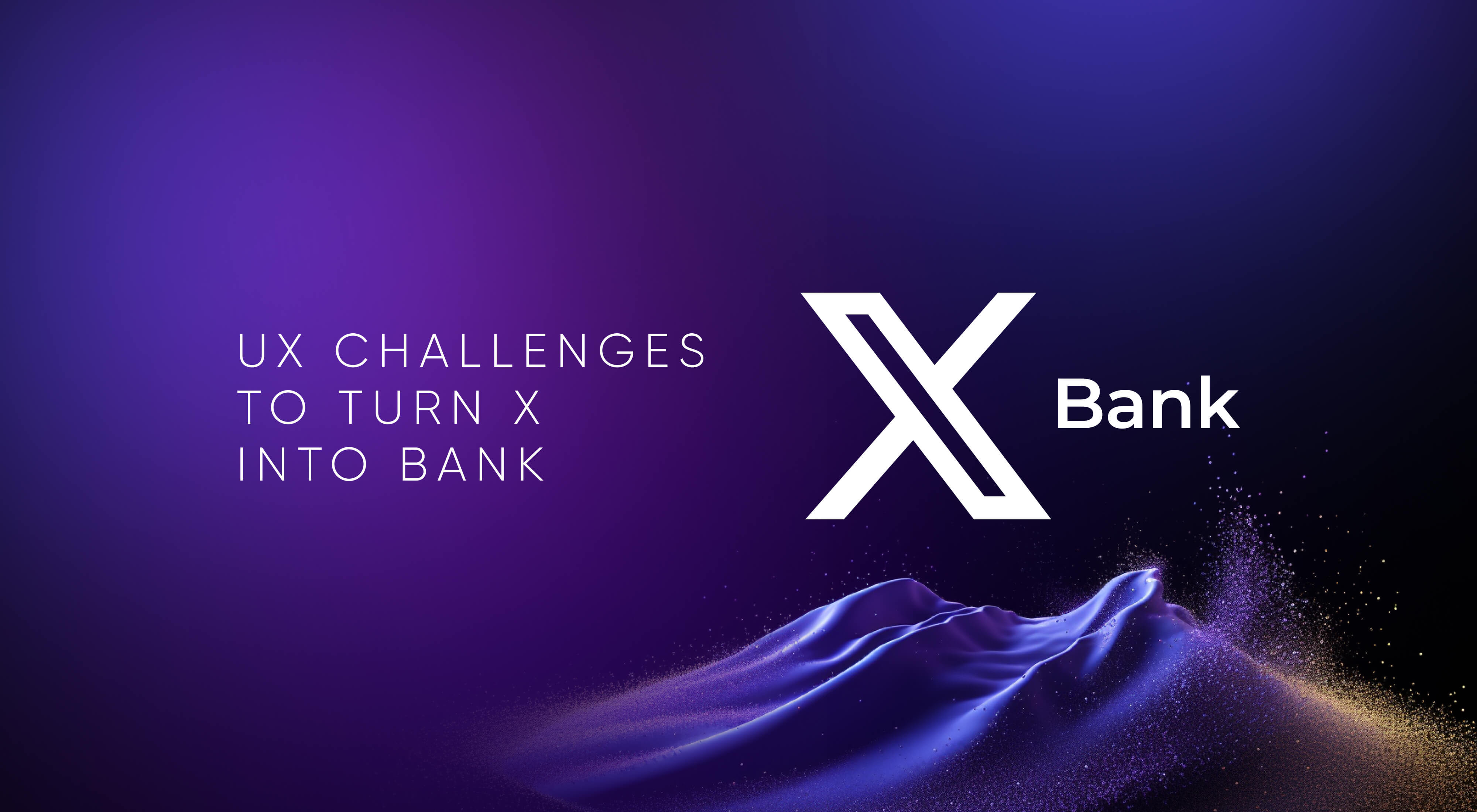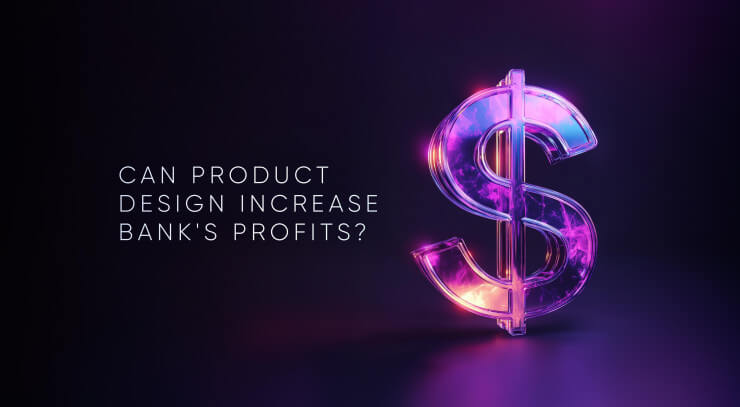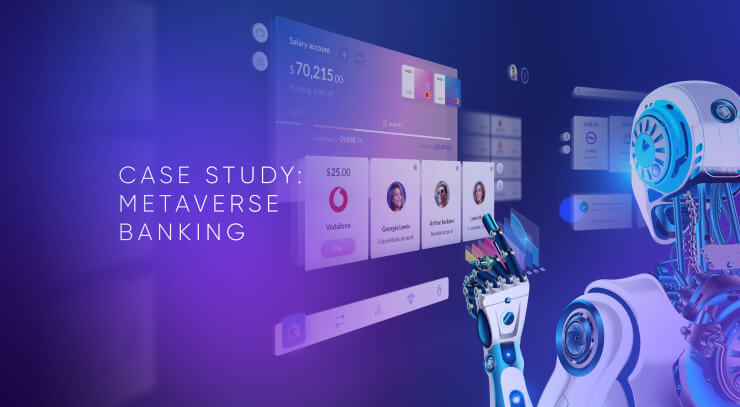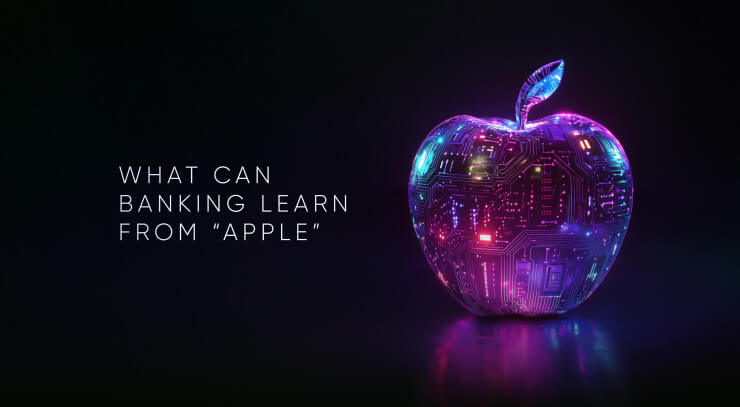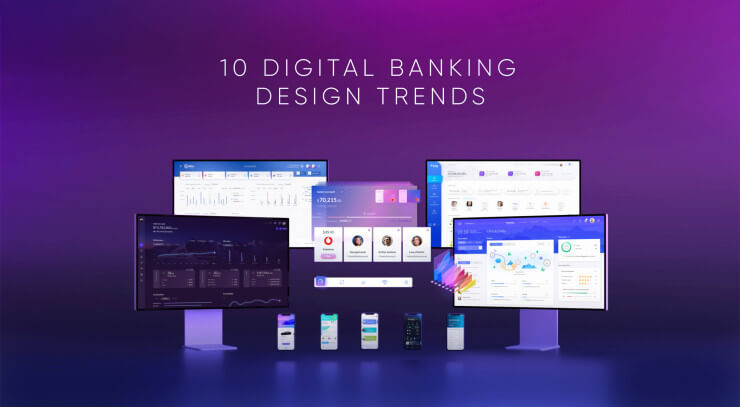Knowing Elon Musk's large-scale approach, his intention to turn X into a bank could have disruptive consequences for the banking industry. However, the conflict between the existing UX patterns of a social network and the implementation of financial functions can complicate the transformation.
Back on Track with X
A few days ago, Elon Musk announced his intention to expand X beyond social media posts and provide banking services by the end of 2024. This appears to be the first step toward X becoming what Musk has called an "everything app."
Considering the annual drop in the value of the former Twitter from $44 billion to $19 billion, as mentioned by Musk, it is the best timing to announce a strong vision on how to increase value for users. And, apparently this could be the transformation of X into a financial platform, as the first step toward a super app. The company had already applied for various money transmission licenses across the US.
This idea is not new; the X.com domain was registered by Musk in 1999 precisely for the purpose of creating an online bank. Therefore, purchasing Twitter and renaming it to X does not seem random or impulsive. This is Musk's return to those plans that were never implemented at PayPal, about which Musk said: “The X/PayPal product roadmap was written by myself and David Sacks actually in July of 2000. And for some reason PayPal, once it became eBay, not only did they not implement the rest of the list, but they actually rolled back a bunch of key features, which is crazy. So PayPal is actually a less complete product than what we came up with in July of 2000.”
Despite the extravagance of the richest man in the world, his talent in implementing hyper-ambitious and large-scale projects, such as reforming the space industry, transforming the transport industry and creating a global satellite internet, cannot be ignored. Therefore, the intention to turn X into a global bank, or even a super app, essentially speaks to Musk's ability to disrupt the existing banking industry.
However, this is not an easy task, even for the prototype of Tony Stark. Of course, this is a large-scale technical, legal, regulatory and compliance challenge. But, ultimately, the decision will be made by users. Therefore, in my opinion, user experience will play a key role here.
Why would the average consumer need banking services from a social network if he already uses his primary bank, an additional bank, a couple of digital banks, several Fintech services and also an Apple wallet? According to Musk, exactly to enable combining all this into one mobile application.
Integrating financial services into the X platform could offer users a convenient way to manage their finances without switching between multiple apps and websites. X’s global reach can make financial services more accessible to a broader audience, including unbanked people who may not have access to traditional banking services at the moment.
Elon Musk’s Journey to a Super App
Musk initiated X’s transformation into an “everything app,” which looks to repeat Chinese superapp’s WeChat success, but in the US or even globally. WeChat was able to combine hundreds of fundamentally different features, including financial and social, on one platform using a special digital architecture. But it is necessary to take into account that the architecture of the former Twitter was initially built around the social media platform.
It's dangerous to underestimate user habits on digital services. User habits are very important and powerful, especially if they took 17 years to develop, as in the case of the former Twitter. If you look at Facebook, you can see that, despite attempts to expand the platform by offering users dozens of new features, the majority of users are still focused on the main – news feed. Therefore, there are several serious questions that the X team will have to find answers to.
If X tries to transform the architecture of the platform to turn it into a super app like WeChat, many users may become completely disillusioned with the service and stop using it, since it no longer meets their established media usage patterns. If banking functionality will be seamlessly integrated into the existing architecture (which is not easy), then user engagement may be lower than planned, as users will continue to follow the usual media route in accordance with a familiar mental model and ignore financial functions.
In general, transitioning from a social media platform to a financial platform may disrupt existing user experiences. Users might be resistant to these changes, and it may be challenging to seamlessly integrate financial services into the X interface. And if we take the WeChat case, remember that there was no competition because the Fintech industry was not so developed in China these days, so users took what they gave, they had no choice and no expectations. X’s financial services will face hard competition from secured deposits in incumbent financial institutions, from easy-to-use apps by Fintechs and from big techs already offering financial transactions.
Of course, X’s benefits will be its massive customer base, accessibility, renowned brand recognition, user interest in new things and Musk’s resources to promote financial features. But convincing users to switch to Twitter's financial services may be extremely challenging.
First because of existing X users’ resistance due to the platform’s transition from a social and media focus toward finance, potentially leading to a decline in user engagement and retention.
Second, developing and maintaining a robust financial infrastructure, including security, compliance and payment processing systems, can make the user experience and user interface complex and full of friction. Such user experience fragmentation will potentially cause dissatisfaction and confusion. Also, X might not be able to offer the full range of banking services that traditional banks and Fintechs provide at the same quality, limiting its appeal to users.
And third, users should be confident that X can handle and protect highly sensitive financial information, helping to prevent cyber-attacks and data breaches. If the financial services initiative on X will lead to customer issues or scandals, it could harm X’s overall reputation and brand even more, reducing customer trust and engagement.
UX Challenges to Transform X into a Bank
Taking all the above into account, from the user experience perspective, the main task is to reimagine the X mobile and web interface to accommodate financial services seamlessly while retaining the familiar X layout. The new design should be intuitive, with clear navigation and information architecture for combining social networking with banking, investments, payments and other financial features.
So, turning X into a global bank involves overcoming a range of critical financial UX and interface challenges to ensure that users can effectively and securely access financial services through X. Based on the team experience of our financial UX design agency UXDA, I would focus on the following aspects:
1. User Onboarding
Creating a smooth and user-friendly onboarding process that guides users through identity verification, document submission and the setup of financial accounts while maintaining simplicity and clarity. And this will require additional verifications and efforts from existing X users.
2. Navigation and Information Hierarchy
Designing a straightforward and organized financial navigation structure with intuitive menus and an information hierarchy that help users quickly find what they need related to finance. And, if in X, the key UI element is news feed, then, in banking, users come to check their balances and perform transactions.
3. Transaction Flows
Simplifying complex financial transactions, including deposits, withdrawals, transfers and investments to minimize friction and confusion. And if it’s typical for a social network to create a post that takes some time, then for key financial transactions it should be instantaneous.
4. Accessibility and Inclusivity
Ensuring that the platform is accessible to all users, including those with disabilities, and accommodating users with varying levels of financial knowledge. While an error in an X post is harmless in most cases, an error in a transaction can lead to irreparable financial consequences.
5. Cross-Platform Consistency
Providing a consistent and user-friendly experience across different platforms, including multiple mobile platforms and web browsers. Unlike a news feed, financial data that is easy to understand and be read on a desktop may look completely incomprehensible on a mobile device or on other platforms.
6. User Support
Establishing a responsive and effective customer support system to address user inquiries, issues and concerns, which is particularly crucial in the context of financial services. FAQs, automated responses, long delays and sometimes even customer ignorance, as in the case of X, are not critical for the functioning of a social media platform, but, for financial services, this is the most important component of customer service.
7. Feedback
A financial app needs feedback channels and mechanisms to allow users to report issues, request features and provide suggestions for improving financial services.
8. Compliance with Regulations
Staying updated with changing financial regulations and ensuring the app remains compliant with necessary legal requirements.
9. Performance
A banking app needs to be responsive and fast. Some lag may be acceptable for X, but, in finance, slow loading times or system glitches can erode trust and frustrate users.
Overall, it will be extremely interesting to see how this Musk initiative develops and how exactly the new features will be integrated into the X interface. And the main question: will this have a dramatic impact on the entire banking industry, as what happened with other Musk initiatives?
Get UXDA Research-Based White Paper "How to Win the Hearts of Digital Customers":
 If you want to create next-gen financial products to receive an exceptional competitive advantage in the digital age, contact us! With the power of financial UX design, we can help you turn your business into a beloved financial brand with a strong emotional connection with your clients, resulting in success, demand, and long-term customer loyalty.
If you want to create next-gen financial products to receive an exceptional competitive advantage in the digital age, contact us! With the power of financial UX design, we can help you turn your business into a beloved financial brand with a strong emotional connection with your clients, resulting in success, demand, and long-term customer loyalty.
- E-mail us at info@theuxda.com
- Chat with us in Whatsapp
- Send a direct message to UXDA's CEO Alex Kreger on Linkedin


